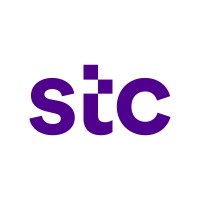
Openreach
We’re the people that make the net work. As the nation’s largest wholesale broadband network, we’re rolling out Ultrafast Full Fibre broadband across the UK. It’s our fastest and most reliable broadband yet, and we’re well on our way to making it available to 25m homes and businesses – building the UK’s fibre future. Check openreach.co.uk/ultrafastfullfibre to see when Ultrafast Full Fibre may be available at your address.






